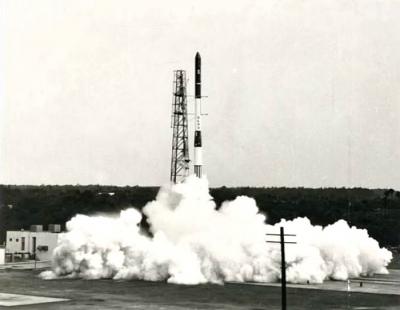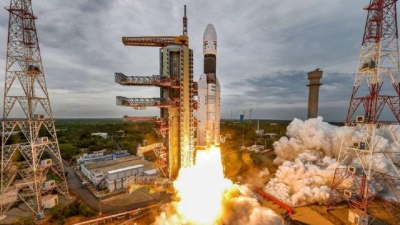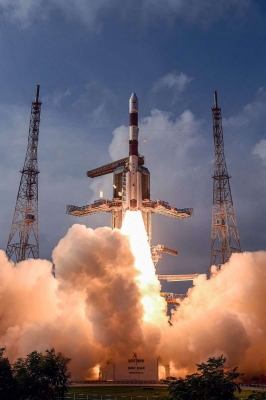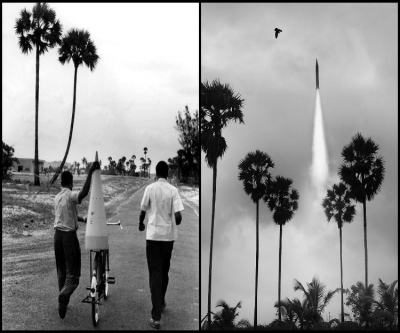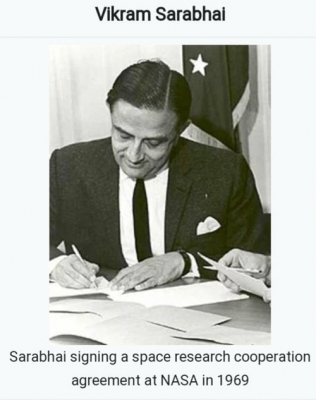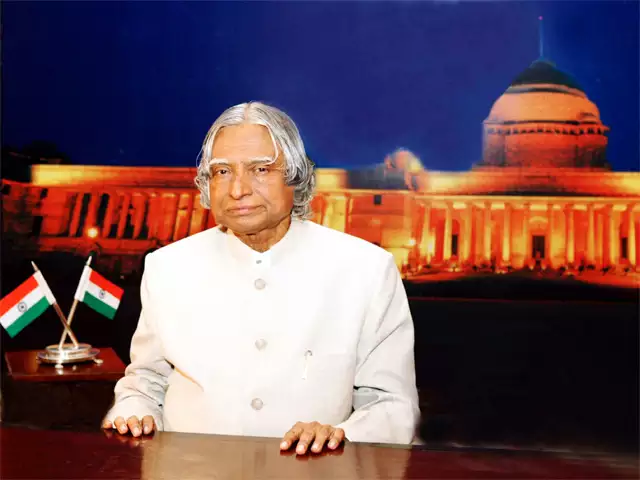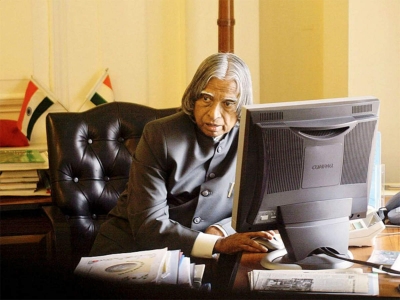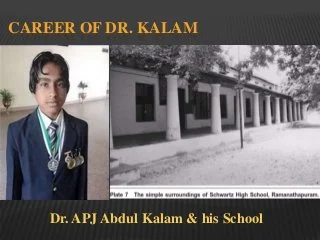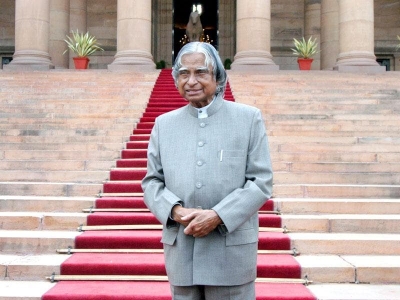What were Project Devil and Project Valiant?
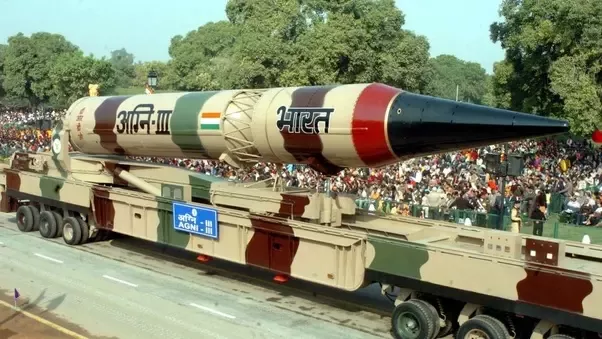
Dr. Kalam was appointed as the DRDOD rocket specialist on January 1, 1975. During his tenure, he directed two projects. They were Project Devil and Project Valiant, which were aimed at developing ballistic missiles using technology from the SLV programmes.
Aerodynamic, structural and environmental test facilities; liquid and solid propulsion facilities; fabrication and engineering facilities; control, guidance, and rubber component facilities, computer centres, ground and flight instrumentation, and onboard power supplies development facilities were all established along with Project Devil. The development of these components and systems for Project Devil laid the technology base for future IGMDP programmes.
Project Devil’s mission was to produce a short range surface-to-surface missile. Though the project was discontinued in 1980 without achieving its full success, it led to the development of the Prithvi missile in the 1980s.
On the other hand, the goal of Project Valiant was to produce an intercontinental ballistic missile, which also got discontinued in 1974 without achieving success. Project Valiant was considered a “failure” while its sister project, Project Devil, was a partial success.
Picture Credit : Google
